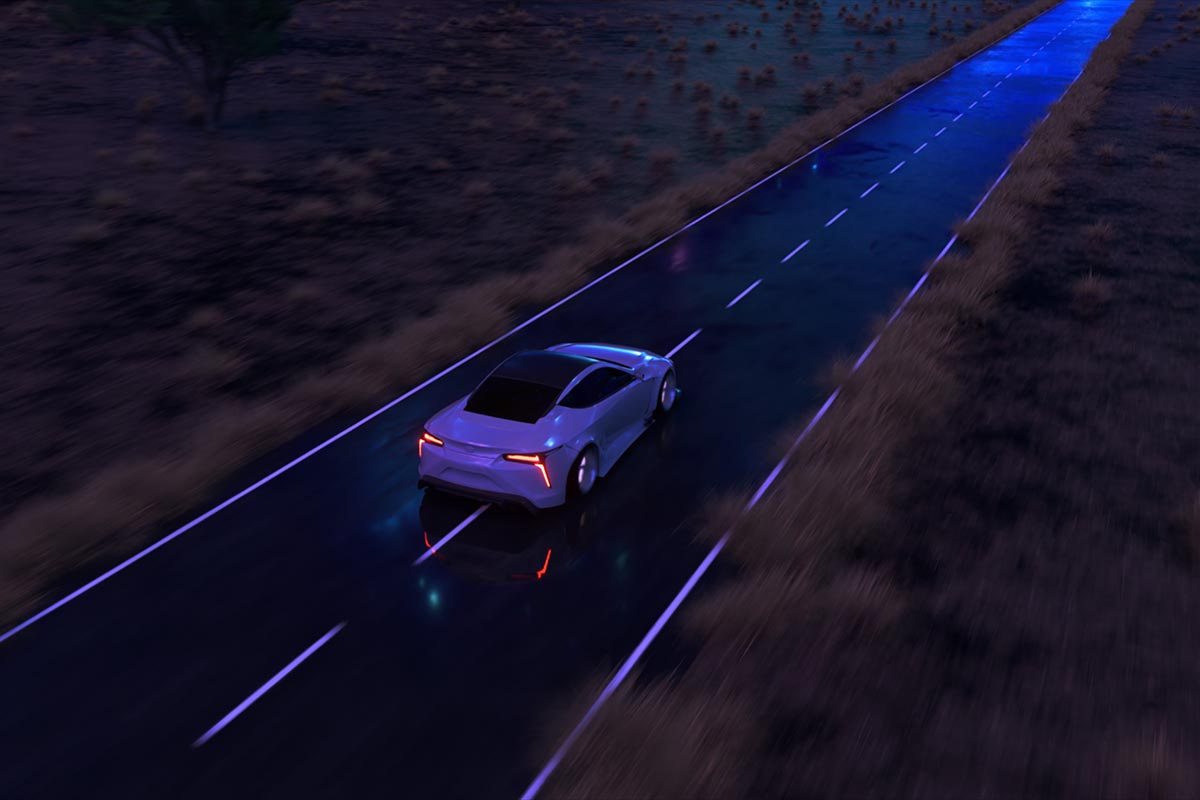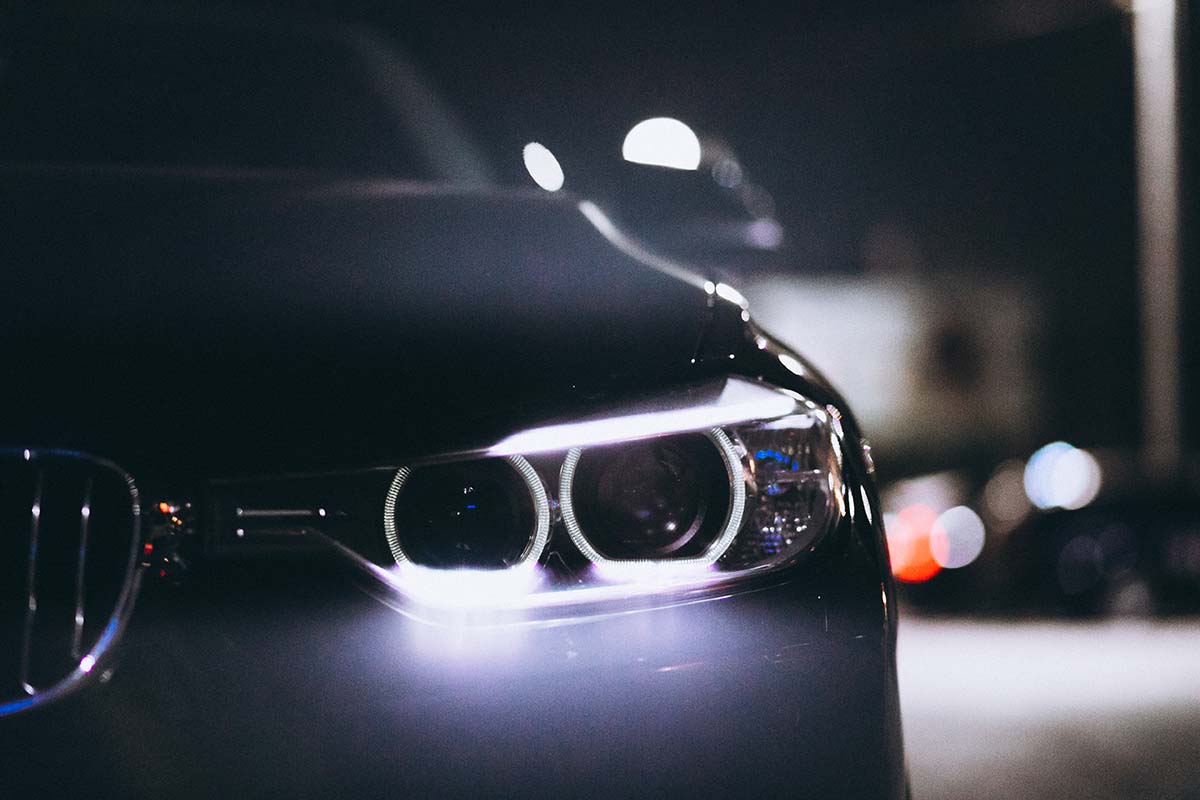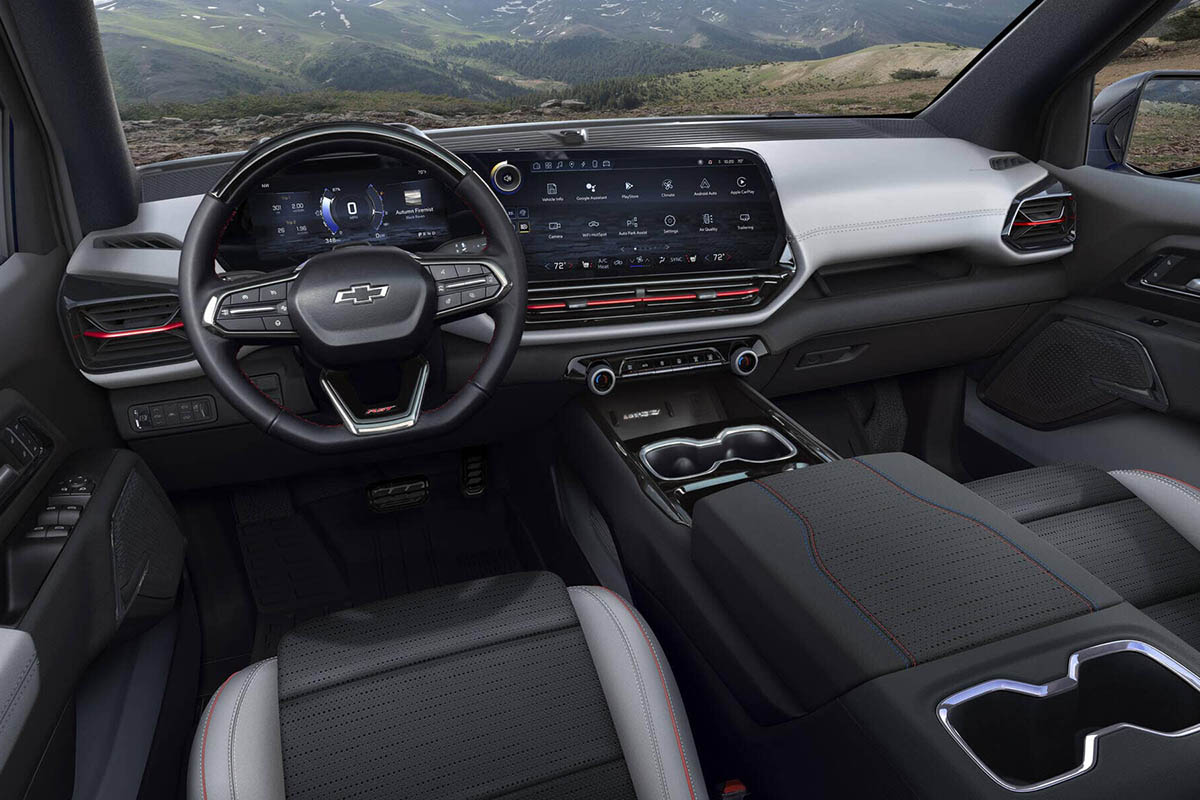Adaptive Headlights with MEMS Scanners: The Latest Updates on the Automotive Market
Headlights are the second eyes of the driver in the darkness. The number of cars grows day by day, so the question of safety on the road becomes sharper as well. Both pedestrians and drivers are interested in powerful headlights on the modern automotive vehicle. First, the moving objects will be more visible in the twilights and at night. Secondly, foot passengers will be able to see the car from a long distance.
The great solution is to improve the performance of the forward-facing lights of automobiles. To make car headlights 100% adaptive to the external conditions and surroundings, new tech approaches like 2d mems scanning mirror technologies and micro-electromechanical systems are used.
What Are Adaptive Headlights with MEMS Scanners?
Safe journeys start with the powerful lighting properties of the transportation unit. Adaptive headlights are the ones that can be automatically adjusted according to the range of conditions (the car’s speed, the time of day, other external and internal factors like the personal driving skills of the steersman, weather, etc.). It is not surprising that developing ADB technology with a focus on the adaptive driving beam caused increased public interest.
The main idea is that the light beam is adapted to the environment and supportive aspects of the drive. For example, in 200 meters the moving object is detected. The adaptive beam will light upper or downer to show the driver the oncoming agent on the road or next to it:
- A pedestrian;
- A moving transportation unit;
- Obstacles;
- Car accidents;
- Wild animals, etc.
Most present-day ABD-based tech solutions have limited functionality including the level of controllability. But one project has already made a difference in the automotive market including optics for cars. The team from the University of Tokyo has the concept of 100% adaptive headlights. They will be based on the MEMS scanner.
The powerful optics, compact size, and immediate projection properties with no dependence on the weather extremes and other factors are about the improved ADB technology expected from the Japanese optical scientists.
MEMS-Based Adaptive Headlights Announced by the Japanese Dev Team
Hiroshi Toshiyoshi from the Tokyo team of developers was interviewed right after the news about adaptive headlights based on MEMS shared around the world. The scientist is sure that their project will be ready to produce different illumination patterns. The lighting model will be equipped with special-purpose protective lenses that will boost the overall performance even more.
The core solution is the combination of PZT films together with the micro-electromechanical systems to bring improved controllability of the beam and headlights at all. The algorithm of the tech unit developed as a prototype for now by the team from the University of Tokyo is the following:
- The light beam is directed from the 450-nanometer & 3.5 Wt. the laser diode of blue coloration.
- The projection takes place onto the special-purpose phosphor-made luminescent material.
- Different illumination patterns take place to direct the main light beat onto the object.
- The white-colored light occurs with the help of the phosphor reaction and is directed through the lenses.
The team from Tokyo also states that their ADB system is resistant to temperature bouncing and overheating of the tech unit. The next stage of the adaptive driving beam implementation is adding more flexibility through various scanner reflections. Both vertical and horizontal ones will be presented in the Japanese innovative ADB system.
One more win-win solution that is expected to hit the market together with the adaptive driving beam is the option of the car’s synchronization with the intelligent traffic systems through the MEMS. It will be possible to detect self-driving transportation and get tech insights from other automobiles and improve the risk-free driving environment on the roads.




















